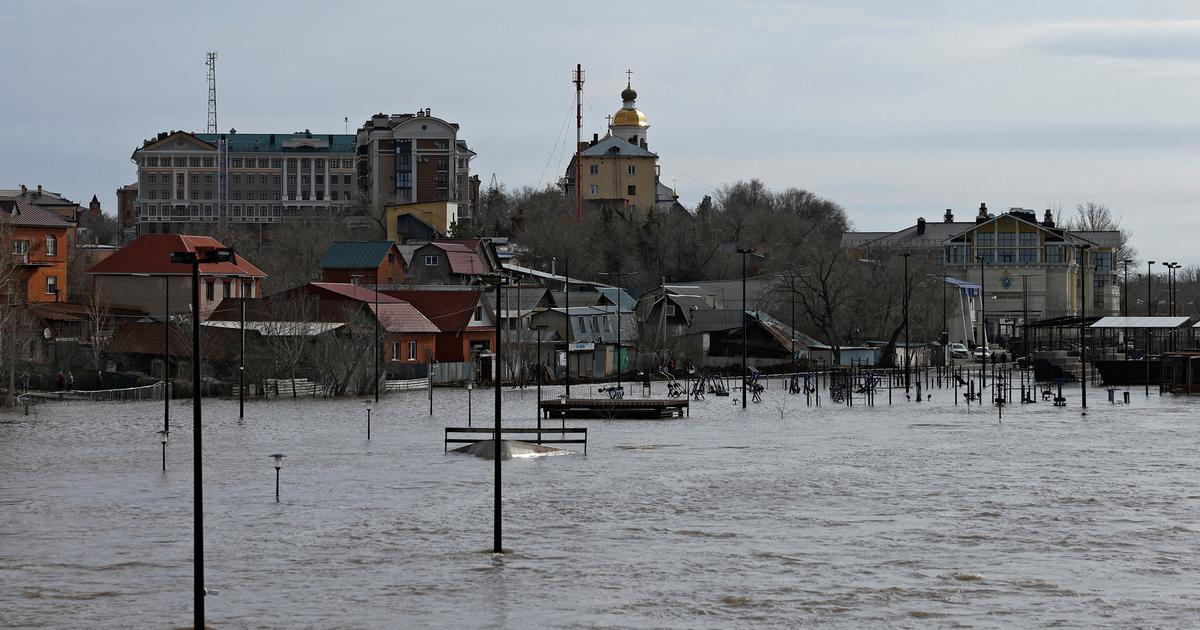Aerial footage shows destruction by floodwaters in Yellowstone 0:53
(CNN)
The western United States this week experienced an aspect of the climate crisis that scientists have warned about for years.
In the midst of a prolonged mega-drought that caused water shortages, one area, Yellowstone, was overwhelmed by torrential rains and rapid melting that, instead of replenishing the ground in a matter of weeks or months, created a torrent of flash floods that swept roads and bridges and caused serious damage to one of the most precious national parks in the country.
As Yellowstone National Park and surrounding areas assess severe damage, region braces for more possible flooding
Meanwhile, drought conditions persisted in the Southwest, where water is desperately needed to replenish the nation's largest reservoirs and bring relief to regions racked by unprecedented wildfires.
The latest update to the US Drought Monitor this Thursday showed the greatest contrast between the humid Northwest and the hot, dry Southwest.
This feast-or-famine contrast is a pattern that the climate crisis tends to amplify: extremes on both sides of the spectrum, with the pendulum sometimes swinging suddenly from one side to the other.
Across the Pacific Northwest, drought conditions have improved significantly in recent weeks, with areas in severe drought falling from a high of 55% in April to 25% this week.
advertising
"Much of the northern fringe states experienced beneficial rainfall and near-below-normal temperatures, predominantly leading to improvements in drought from the Pacific Northwest to the northern plains," Drought Monitor noted.
California residents seek measures to save water 2:54
But this persistent and active storm track, which continues to bring rain and snow to the Northwest, has largely bypassed California and the Southwest.
The US Bureau of Reclamation this week projected that Arizona, Nevada and California would see even more significant cuts to their Colorado River water allocations beginning next year.
Federal officials make those determinations year by year each August.
Lake Mead, the nation's largest reservoir serving millions of people in the Southwest, is already performing well below what last year's projections suggested, even in a worst-case scenario.
Last August, the bureau predicted that the reservoir would likely be nearly 1,000 feet above sea level by the end of this month, and 1,000 feet at worst.
But now it's at around 318 meters.
In New Mexico, where two of the largest fires in state history are still burning, the drought summary noted that temperatures were 5 to 10 degrees Fahrenheit above average, making drought conditions worse in parts of western and southern New Mexico.
More human remains discovered in Lake Mead as reservoir water levels drop
More than 50% of the state is in exceptional drought, the highest classification on the drought monitor, up from zero percent in January.
This extreme dryness is playing a major role in fueling a year of fires that is turning into the worst on record.
A recent study by the federal government's Los Alamos National Laboratory in New Mexico found that parts of the upper Colorado River basin, including the states of Colorado, Wyoming, and Utah, will see earlier peak flow due to rapid snow melt and up to 60% reduction in snow in the coming decades.
"We're definitely looking at a better future," Katrina Bennett, a hydrologist at the lab and lead author of the study, told CNN.
"There will be more of those kinds of wet-to-dry scenarios that we're seeing, but regardless, we're going to see less water flow, an increase in drier soils, and less snow, which together will lead to the probability of drought increasing across the board, especially in the upper areas where we haven't really seen that intense drought stress yet."
climate crisisFloodsDrought














